Embark on a fascinating journey through the history of computers, from ancient calculating tools to the cutting-edge technologies shaping the digital age. Discover the key milestones and innovations that have revolutionized how we live, work, and interact with the world.
The Ancient Roots of Computing
The history of computers stretches back millennia to early tools designed for calculations.
Abacus (5000 BC): The abacus, a simple counting device with beads on rods, marks one of the earliest known computing tools.
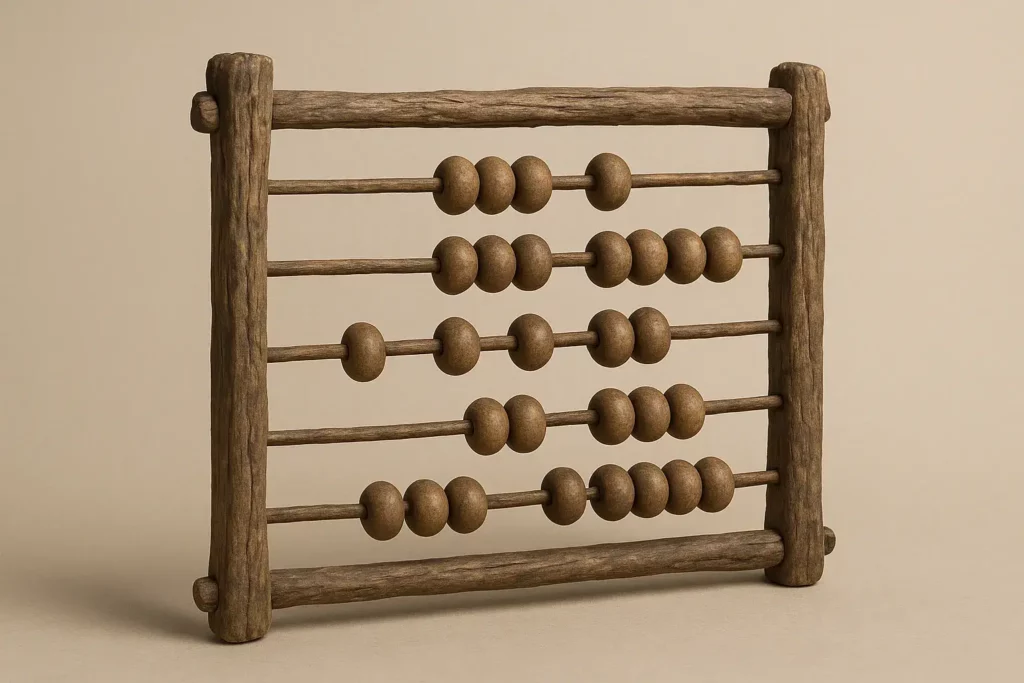
Napier’s Bones (1617): John Napier’s invention, Napier’s Bones, simplified multiplication and division using numbered rods.

Pascaline (1642): Blaise Pascal’s adding machine, the Pascaline, paved the way for more sophisticated mechanical calculators.
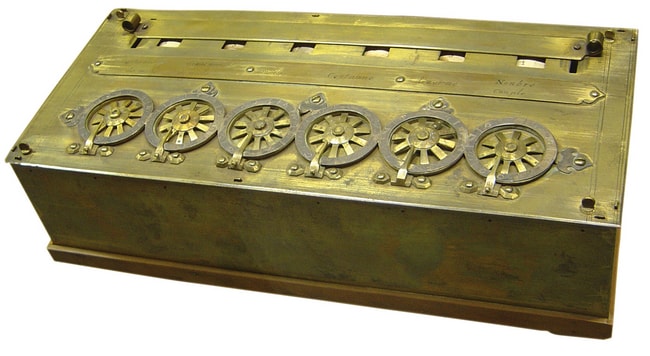
The Birth of Modern Computers
The 19th century marked a turning point in the history of computers with the visionary work of Charles Babbage.
- Difference Engine and Analytical Engine: Babbage’s designs for mechanical computers, though never fully realized, laid the groundwork for modern computing concepts.
- Ada Lovelace: Considered the world’s first programmer, Lovelace envisioned the potential of computers beyond mere calculations.
Generations of Computer Evolution
The history of computers is often divided into five generations, each marked by significant technological advancements.
First Generation (1940s-1950s): Vacuum Tubes
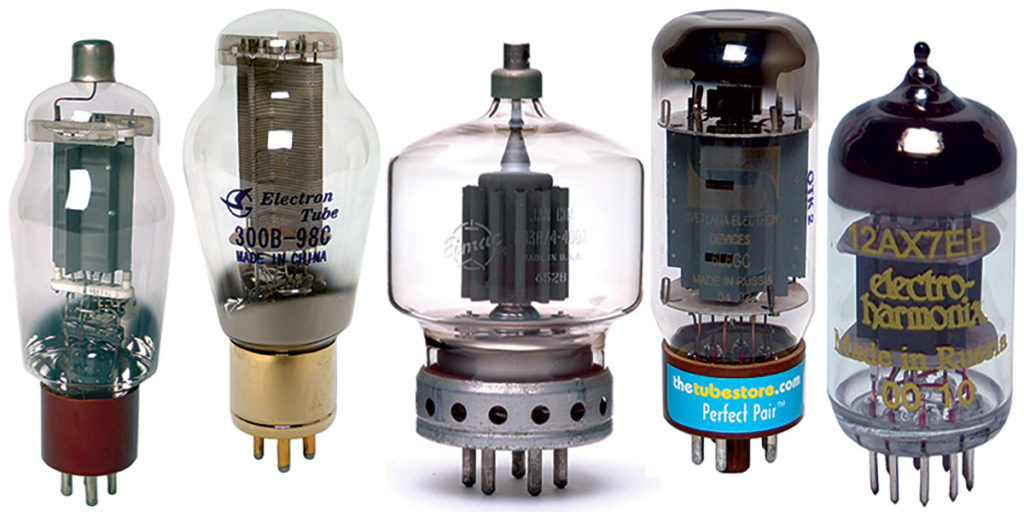
- Massive, expensive machines using vacuum tubes for circuitry.
- Limited to machine language programming.
- Examples: ENIAC and UNIVAC
Second Generation (1956-1963): Transistors
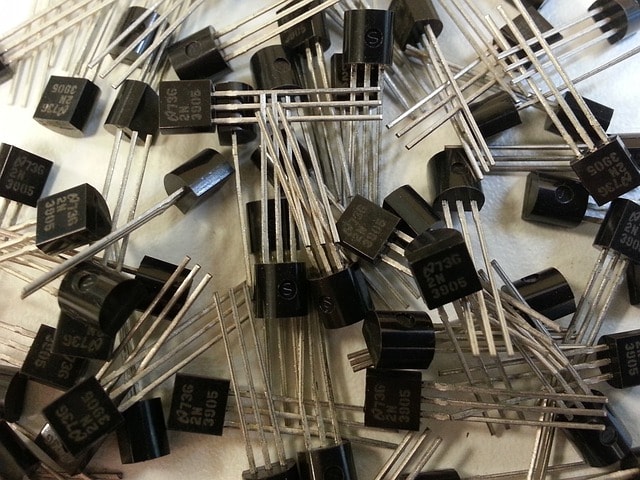
- Smaller, faster, and more reliable computers with transistors replacing vacuum tubes.
- Assembly languages and early high-level languages like COBOL and FORTRAN emerged.
Third Generation (1964-1971): Integrated Circuits

- Integrated circuits (ICs) miniaturized components, leading to smaller and more affordable computers.
- Operating systems enabled multitasking and interactive user interfaces.
Fourth Generation (1971-Present): Microprocessors
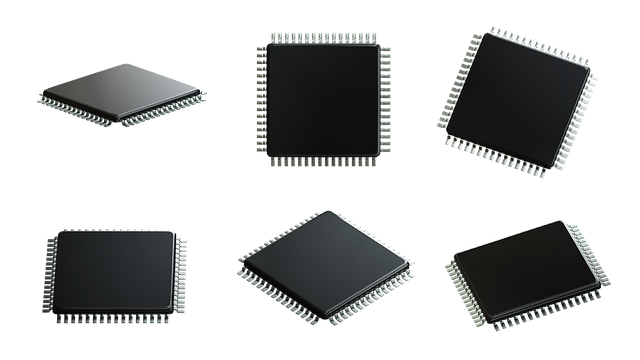
- Microprocessors integrated thousands of ICs onto a single chip, leading to the personal computer revolution.
- Development of graphical user interfaces (GUIs), the mouse, and the internet.
Fifth Generation (Present and Beyond): Artificial Intelligence
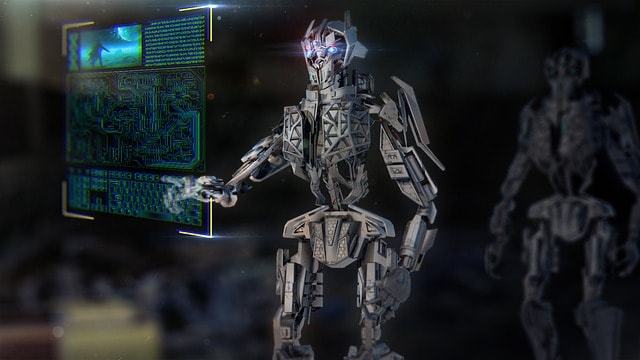
- Ongoing development of computers with artificial intelligence capabilities.
- Applications like voice recognition and machine learning are becoming increasingly prevalent.
The Future of Computing
The history of computers is far from over, with exciting advancements on the horizon. Quantum computing, nanotechnology, and brain-computer interfaces promise to push the boundaries of what computers can achieve.
FAQs: History of Computers
Q: Who is considered the father of the computer?
A: Charles Babbage, due to his pioneering work on mechanical computers in the 19th century.
Q: What was the first electronic computer?
A: ENIAC (Electronic Numerical Integrator and Computer), completed in 1945, was the first general-purpose electronic computer.
Q: When were personal computers introduced?
A: The first personal computers, like the Altair 8800 and the Apple II, emerged in the mid-1970s.
Q: What is Moore’s Law?
A: Moore’s Law is the observation that the number of transistors on a microchip doubles approximately every two years, leading to exponential increases in computing power.
Q: What are the potential applications of quantum computing?
A: Quantum computing could revolutionize fields like drug discovery, cryptography, materials science, and artificial intelligence.